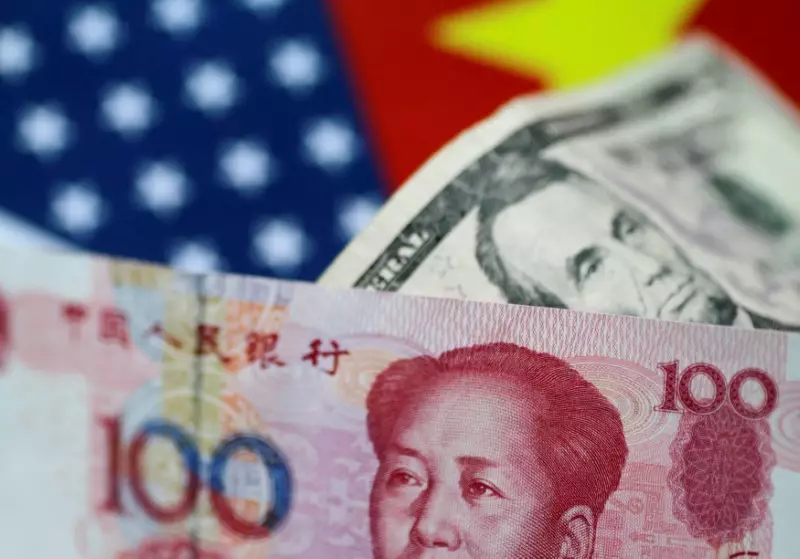The recent comments from Federal Reserve officials have sparked a wave of speculation in the market regarding U.S. interest rate cuts. This has led to a weakening of most Asian currencies, while the dollar has strengthened. The Japanese yen, in particular, has been struggling to maintain its value against the dollar, despite warnings from government officials about potential intervention in currency markets.
The Japanese yen’s USDJPY pair has seen a 0.3% rise, pushing past the 155 level and inching closer to the 34-year highs seen last week. The yen had experienced a brief period of strength following intervention by the Japanese government in the currency markets. However, with the uncertainty surrounding U.S. interest rates, traders have once again started speculating against the yen. This has put pressure on the currency, despite the government’s efforts to shore up its value.
On the other hand, the Australian dollar has been facing its own challenges. The AUDUSD pair fell 0.4% after the Reserve Bank of Australia adopted a less hawkish stance than expected. While the RBA maintained interest rates and acknowledged sticky inflation, it refrained from hinting at further rate hikes. This divergence from market expectations caused the Australian dollar to slide, erasing gains made in the lead-up to the meeting.
The dollar index and dollar index futures have both seen a 0.1% increase in Asian trade, following a string of warnings from Fed officials about the likelihood of unchanged rates for the remainder of the year. Despite initial hopes for a September rate cut after weak nonfarm payrolls data, the Fed’s stance on inflation has shifted market sentiment. This has bolstered the dollar and put pressure on risk-driven assets, including Asian currencies.
Among Asian currencies, the Chinese yuan’s USDCNY pair has seen a 0.1% rise as markets eagerly await trade data for April, due to be released on Thursday. The South Korean won’s USDKRW pair and the Singapore dollar’s USDSGD pair have also experienced gains, albeit to a lesser extent. However, the Indian rupee’s USDINR pair continues to hover near record highs, reflecting the increased volatility expected as the country heads into the 2024 general elections.
The current market dynamics driven by speculation around U.S. interest rates have had a significant impact on Asian currencies. While some currencies have weakened against the dollar, others have shown resilience in the face of uncertainty. As market sentiment continues to fluctuate, it is crucial for investors to closely monitor developments and adjust their strategies accordingly.

